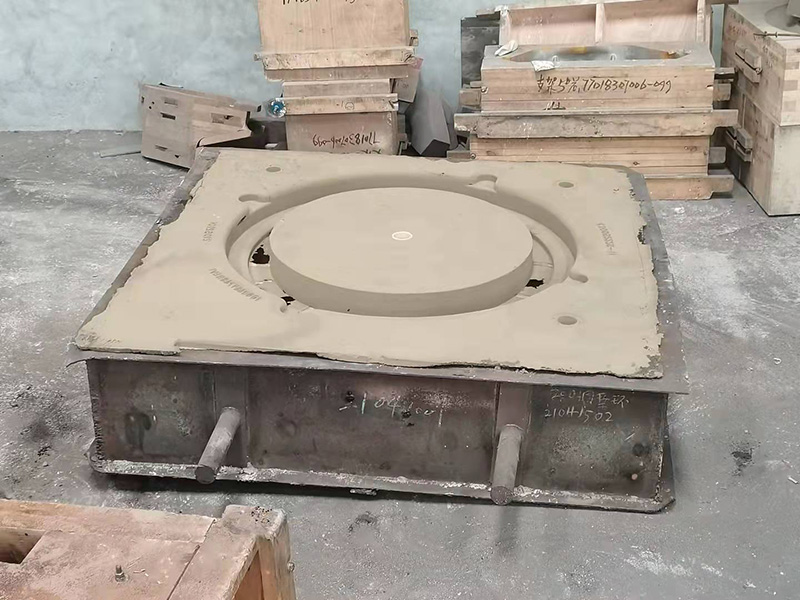Understanding Foundry Sand its Characteristics and Applications
Foundry sand plays a crucial role in the metal casting process, serving as a primary material for creating molds and cores used in the foundry industry. Most typically, foundry sand is a high-quality silica sand, crafted to withstand the intense conditions of molten metal casting. This article aims to shed light on the characteristics, types, and applications of foundry sand, along with its impact on the environment.
Characteristics of Foundry Sand
The key properties of foundry sand include its grain size, shape, and distribution, as well as its chemical composition. High-quality foundry sand tends to have a uniform grain size, allowing for precise casting. Grain shape is equally important; round grains typically lead to better flowability and packing density. The thermal stability of foundry sand is another critical characteristic, as it must withstand temperatures often exceeding 1,000°C when in contact with molten metals.
Silica sand, primarily composed of quartz grains, is the most widely used type of foundry sand due to its favorable characteristics. The purity of silica (generally 90% or higher) is essential to prevent contamination of the cast metal. Additionally, the particles should have low moisture content, as excessive moisture can lead to defects in the final product.
Types of Foundry Sand
There are several types of sand used in the foundry industry, each with its unique properties and applications
.1. Silica Sand The most common type, used for a wide variety of metal casting processes. Its high melting point and resistance to thermal shock make it suitable for producing molds and cores.
2. Zircon Sand This is less common but is highly valued for its high refractoriness and thermal stability. Zircon sand is often used in applications where lower thermal expansion is critical.
3. Chromite Sand Known for its high thermal conductivity and resistance to metal penetration, chromite sand is predominantly used in steel and iron foundries.
4. Olivine Sand Although not as widely used as silica, olivine sand has excellent refractory properties and low thermal expansion, making it suitable for certain casting applications, especially where high dimensional stability is required.
foundry sand pdf

Applications of Foundry Sand
Foundry sand is used in various casting processes, including
- Green Sand Casting A traditional process that involves mixing silica sand with clay and water to create molds. It's commonly used for its cost-effectiveness and adaptability to diverse metals.
- No-Bake Casting In this method, a resin is mixed with sand to form molds without the use of moisture. No-bake methods allow for more intricate designs and higher precision.
- Investment Casting Involves creating a wax pattern coated with sand to form molds. While this method is less reliant on foundry sand directly, sand still plays an integral role in the casting process.
- Shell Molding A variation of sand casting, where a thin shell of sand is formed over a heated pattern, allowing for faster production and finer details.
Environmental Considerations
The foundry industry faces challenges regarding the environmental impact of sand use. The extraction of sand can lead to habitat destruction and depletion of natural resources. Moreover, spent foundry sand—a byproduct of the casting process—poses waste management challenges. However, advancements in recycling technologies have led to the reutilization of spent foundry sands in various applications, such as construction, road building, and as a soil amendment.
Conclusion
Foundry sand is an essential material in the metal casting industry, with various types serving distinct functions. Understanding its characteristics and applications enables foundry operators to optimize their processes and improve product quality. Furthermore, addressing the environmental impacts of sand use and disposal is crucial for sustainable practices in the foundry sector. As technology evolves, it is likely that new alternatives and recycling methods will emerge, paving the way for a more sustainable future in foundry operations.
Post time:డిసెం . 24, 2024 12:17
Next:Finding Reliable Suppliers for Sand Casting Services and Solutions Online
